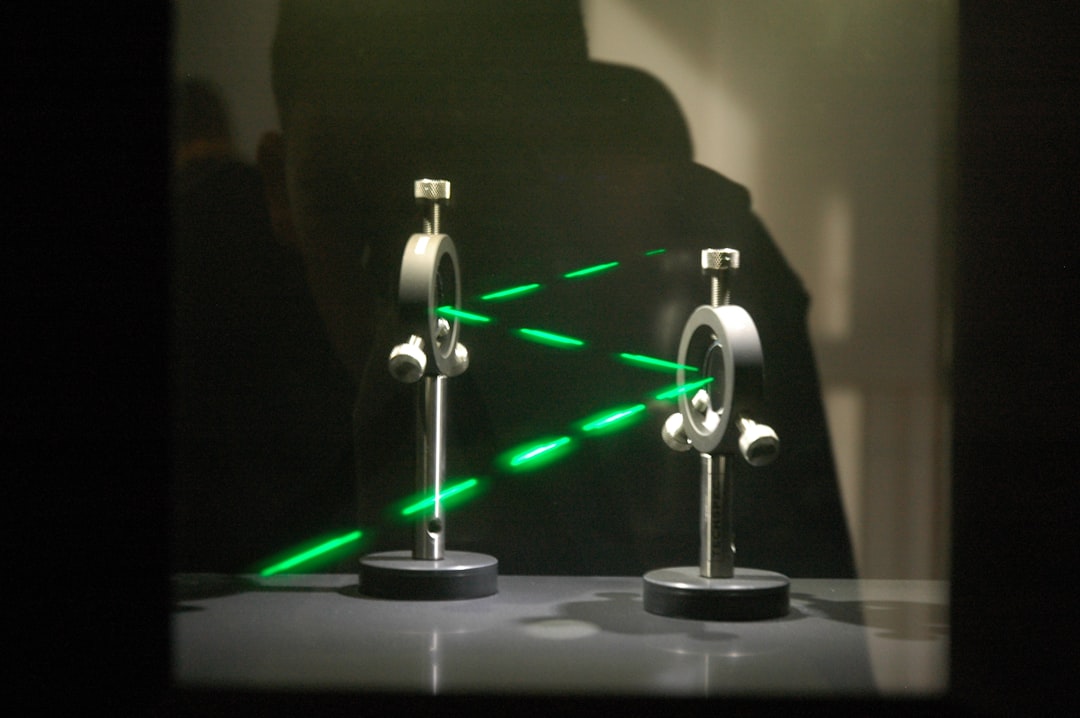What is it about?
Wall jets appear in many situations of technological and scientific interest. In gas turbines, flows produced by the film as well as impingement cooling devices are three-dimensional wall jets. High-lift devices produce flows that can easily be represented by two-dimensional wall jets. It has been known for a long time that wall jets in both stagnant and moving environments display a layered structure and only partially obey similarity laws. This paper derived scaling laws and obtained self-similar velocity defect and Reynolds stress profiles for the outer part of three-dimensional wall jets in the high-Reynolds-number limit. The scaling laws are derived from prime principles under realistic assumptions about the behavior of the flow. The study shows that the leading term in an expansion of the turbulent kinetic energy (TKE) as a series of powers of the distance from the source must scale like the transversal velocity causing the jet to spread laterally. Only the second term in the TKE expansion is shown to scale like the square of the velocity defect. The scaling laws are tested on numerical and experimental data representing two commonly used film cooling devices.
Featured Image

Photo by Brice Cooper on Unsplash
Why is it important?
Film cooling is a well-established technology to manage the temperature of solid components exposed to very hot streams. Film cooling is indispensable in modern gas turbine engines as it allows the operation of high-pressure turbine blades at gas temperatures far exceeding the melting temperature of the metal. Despite its numerous applications, few theoretical studies exist of the flow field of a film cooling device from a purely fluid mechanic point of view. The closest canonical flow to the flow produced by a film cooling device is a wall jet. A set of relations is obtained describing the streamwise variation of streamwise velocity defect, density perturbation, span-wise and normal velocity, and turbulence intensity. It is shown that not all these quantities decay with the laws of the same power, but all can be expressed in terms of the exponent a describing the decay of the velocity defect evaluated at a suitably chosen point along the jet layer thickness. A power law can also be identified to make Reynolds stress data at various values of M collapse onto each other. With these relations, accurate but efficient turbulence models can be developed for the complicated film cooling simulations.
Perspectives
Numerical data indicate that the proposed theory is an accurate representation of the jet produced by a fan-shaped cooling film. It is also shown that for this type of device the wall-normal velocity profiles, velocity defects, and Reynolds stress profiles have shapes essentially independent of the blowing ratio M. This means that for a wide range of streamwise positions downstream from a certain distance from the cooling hole exit, Reynolds stresses and other terms in the transport equations can be derived from the proposed theory directly without extra simulation cost. Accuracy and efficiency of CFD in the complicated film cooling geometries can be expected. This will be more prospective when the turbine blade with lots of cooling film holes are considered. I hope that this paper could provide insights for researchers doing turbomachinery/ CFD studies.
Dr. Muting Hao
University of Oxford
Read the Original
This page is a summary of: Scaling and similarity laws in three-dimensional wall jets, Physics of Fluids, April 2023, American Institute of Physics,
DOI: 10.1063/5.0140671.
You can read the full text:
Contributors
The following have contributed to this page










